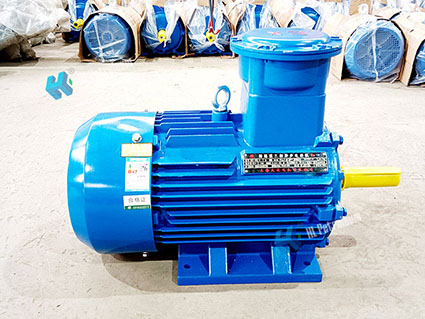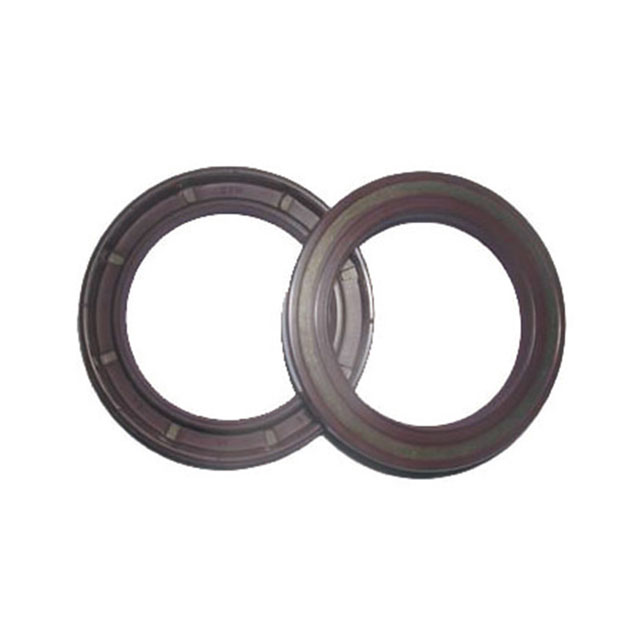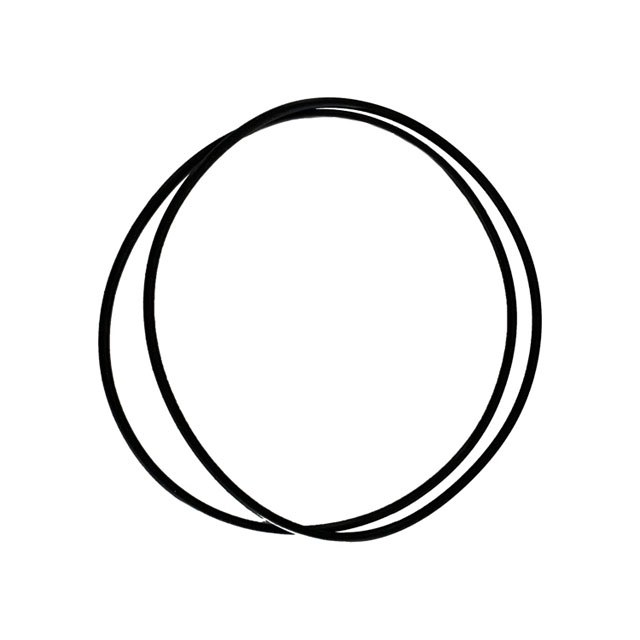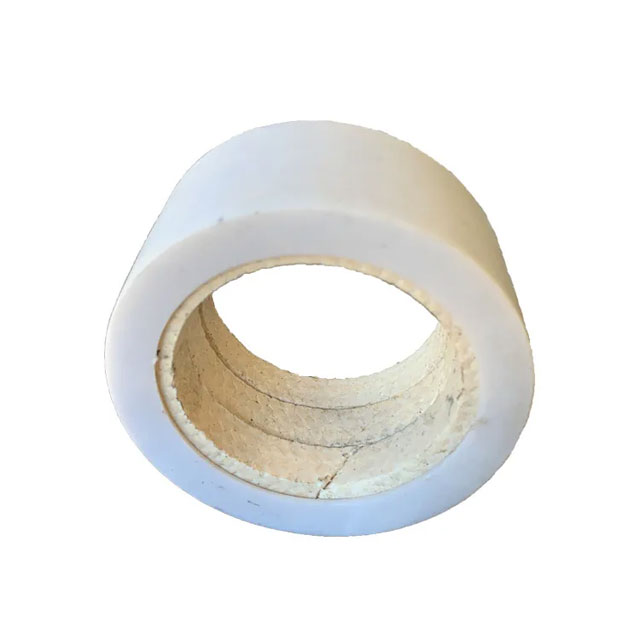WeChat: 86-13735815206 / 86-17392256505
Phone: 86-29-88680837
Mail: sales@hlsolidscontrol.com
Add: Room 804, Building 1, Western Cloud Valley Phase II, Fengxi New Town, Xixian New District, Shaanxi Province
What are the effects of the motor on the inverter
Recently, some customers asked about some parameters and information of the motor. Today, the editor will talk about the motor and the influence of the motor on the inverter. I hope it will be helpful to the customers who need it.
1. The efficiency and temperature rise of the motor
Regardless of the type of frequency converter, different degrees of harmonic voltage and current are generated during operation, making the motor run under non-sinusoidal voltage and current. Refusal to introduce the information, take the currently commonly used sine wave PWM inverter as an example, its low-order harmonics are basically zero, and the remaining high-order harmonic components that are about twice the carrier frequency are: 2u+1(u Is the modulation ratio). Higher harmonics will cause the increase of stator copper loss, rotor copper (aluminum) loss, iron loss and additional loss, the most significant is the rotor copper (aluminum) loss. Because the asynchronous motor rotates at a synchronous speed close to the fundamental frequency, the high-order harmonic voltage cuts the rotor bar with a large slip, which will cause a large rotor loss. In addition, the additional copper loss due to the skin effect needs to be considered. These losses will cause the motor to generate additional heat, reduce the efficiency, and reduce the output power. For example, if an ordinary three-phase asynchronous motor is operated under the condition of a non-sinusoidal power supply output by the frequency converter, its temperature rise will generally increase by 10%-20%.

2. The insulation strength of the motor
At present, many small and medium-sized inverters adopt PWM control methods. His carrier frequency is about several thousand to ten thousand Hz, which makes the motor stator winding to withstand a very high rate of voltage rise, which is equivalent to imposing a steep impulse voltage on the motor, making the motor’s turn-to-turn insulation bear relatively The harsh test. In addition, the rectangular chopping impulse voltage generated by the PWM frequency converter is superimposed on the motor operating voltage, which will pose a threat to the motor's ground insulation, and the ground insulation will accelerate aging under repeated impacts of high voltage.
3. Harmonic electromagnetic noise and vibration
When ordinary asynchronous motors are powered by frequency converters, the vibration and noise caused by electromagnetic, mechanical, ventilation and other factors will become more complicated. The time harmonics contained in the variable frequency power supply interfere with the inherent spatial harmonics of the electromagnetic part of the motor to form various electromagnetic exciting forces. When the frequency of the electromagnetic force wave is consistent with or close to the natural vibration frequency of the motor body, resonance will occur, thereby increasing the noise. Because the motor has a wide operating frequency range and a large range of speed changes, it is difficult for the frequency of various electromagnetic force waves to avoid the natural vibration frequency of each component of the motor.
4. The adaptability of the motor to frequent starting and braking
Since the frequency converter is used for power supply, the motor can be started at a very low frequency and voltage without inrush current, and various braking methods provided by the frequency converter can be used for rapid braking, in order to achieve frequent starting and braking. The conditions are created, so that the mechanical system and electromagnetic system of the motor are under the action of cyclic alternating force, which brings fatigue and accelerated aging problems to the mechanical structure and the insulating structure.
5. Cooling problem at low speed
First of all, the impedance of the asynchronous motor is not ideal. When the power supply frequency is lower, the loss caused by the higher harmonics in the power supply is relatively large. Secondly, when the rotation speed of an ordinary asynchronous motor decreases, the cooling air volume decreases in proportion to the third power of the rotation speed, resulting in the deterioration of the low-speed cooling condition of the motor, a sharp increase in temperature rise, and it is difficult to achieve constant torque output.
Xi'an HL Petroleum Equipment Co., Ltd. mainly produces solids control equipment, and also provides accessories for solids control equipment. Motors on agitators and centrifugal mud pumps are also available, welcome to send inquiry to us: sales@hlsolidscontrol.com if you are interested in.



